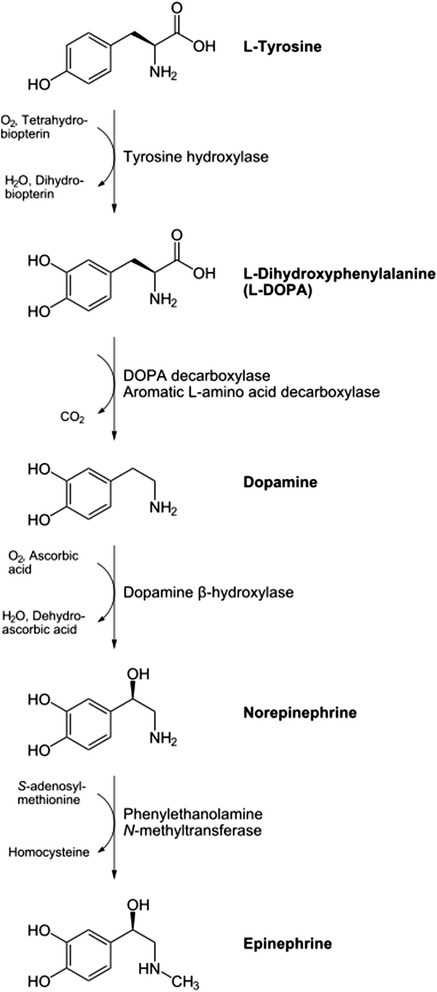BACKGROUNDPheochromocytoma is a uncommon illness however with excessive mortality if it’s not being recognized early.
Several biochemical assessments with excessive accuracy have been obtained, however the clinical threshold for request of these assessments just isn’t decided clearly.OBJECTIVETo decide the Likelihood Ratios of clinical signs and signs in diagnosing pheochromocytoma. And additionally meta-analysis of their sensitivity in this illness.
METHODSMEDLINE was looked for related English-language articles dated 1960 to February 2014. Bibliographies had been searched to seek out further articles.
METHODSWe included authentic research describing the sensitivity and/or probability ratios of signs and signs in clinical suspicion of pheochromocytoma. Their methodology of analysis ought to have been based mostly on pathology.
We excluded particular subtypes or syndromes associated to pheochromocytoma, or particular ages or gender. Also we excluded research earlier than 1993 (JNC5) which no definition of hypertension was introduced.
37 articles had been chosen lastly.METHODSTwo authors reviewed information from articles independently and gave discrepancies to 3rd creator for determination. The purpose was extraction of uncooked numbers of sufferers having outlined signs or signs, and draw 2 × 2 tables if information obtainable.
We meta-analyzed sensitivities by Statsdirect and Likelihood Ratios by Meta-disc smooth wares. Because our information was heterogeneous based mostly on I(2)>> 50 % (besides destructive Likelihood ratio of hypertension), we used random impact mannequin for doing meta-analysis.
We checked publication bias by drawing Funnel plot for every signal/symptom, and additionally Egger check.RESULTSThe most prevalent signs and signs reported had been hypertension (pooled sensitivity of 80.7 %), headache (pooled sensitivity of 60.4 %), palpitation (pooled sensitivity of 59.3 %) and diaphoresis (pooled sensitivity of 52.4 %).

The definition of orthostatic hypotension was totally different amongst research. The sensitivity was 23-50 %. Paroxysmal hypertension, chest ache, flushing, and weak spot had been the signs/signs which had publication bias based mostly on Funnel plot and Egger check (P worth < 0.05). Seven of the articles had management group, and could possibly be used for calculating LR of signs/signs. Diaphoresis (LR+ 2.2, LR- 0.45), Palpitation (LR+ 1.9, LR- 0.52) and headache (LR+ 1.6, LR- 0.24) had been vital signs in clinical analysis of pheochromocytoma.
Other signs and signs had been reported in just one research and couldn’t have been meta-analyzed. Classic triad of headache, palpitation and diaphoresis in hypertensive sufferers had the LR+ 6.312 (95 % CI 0.217-183.217) and LR- 0.139 (95 % CI 0.059-0.331).
Surprisingly, hypertension was not essential in clinical suspicion of pheochromocytoma, and even normotension elevated the chance of the illness.CONCLUSIONSBy obtainable information, there is no such thing as a single clinical discovering that has vital worth in analysis or excluding pheochromocytoma.
Combination of sure signs, signs and para-clinical exams is extra beneficial for physicians. Further research must be accomplished, to specify the worth of clinical findings. Until that point the method of analysis might be based mostly on clinical suspicion and lab assessments adopted by associated imaging.
